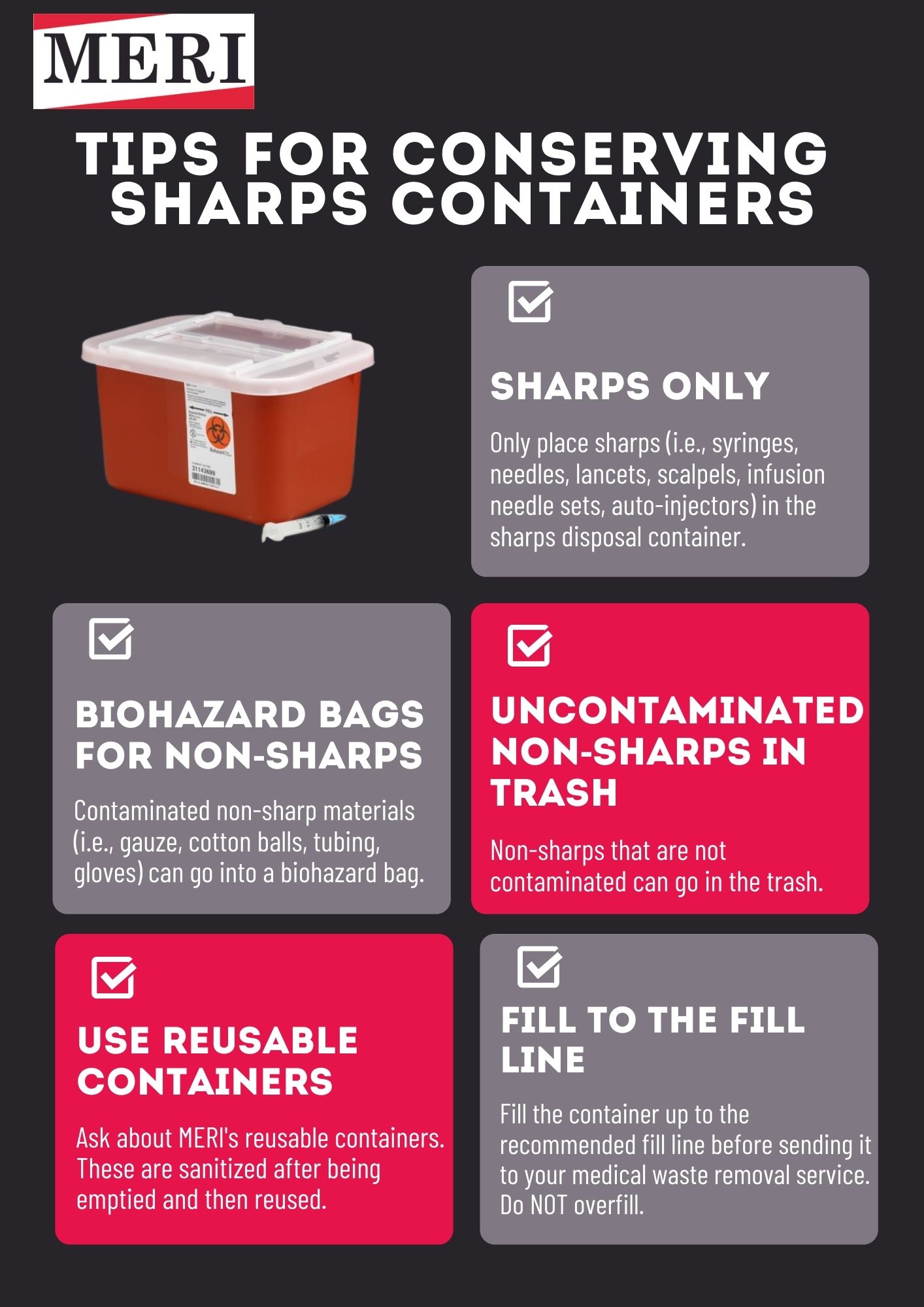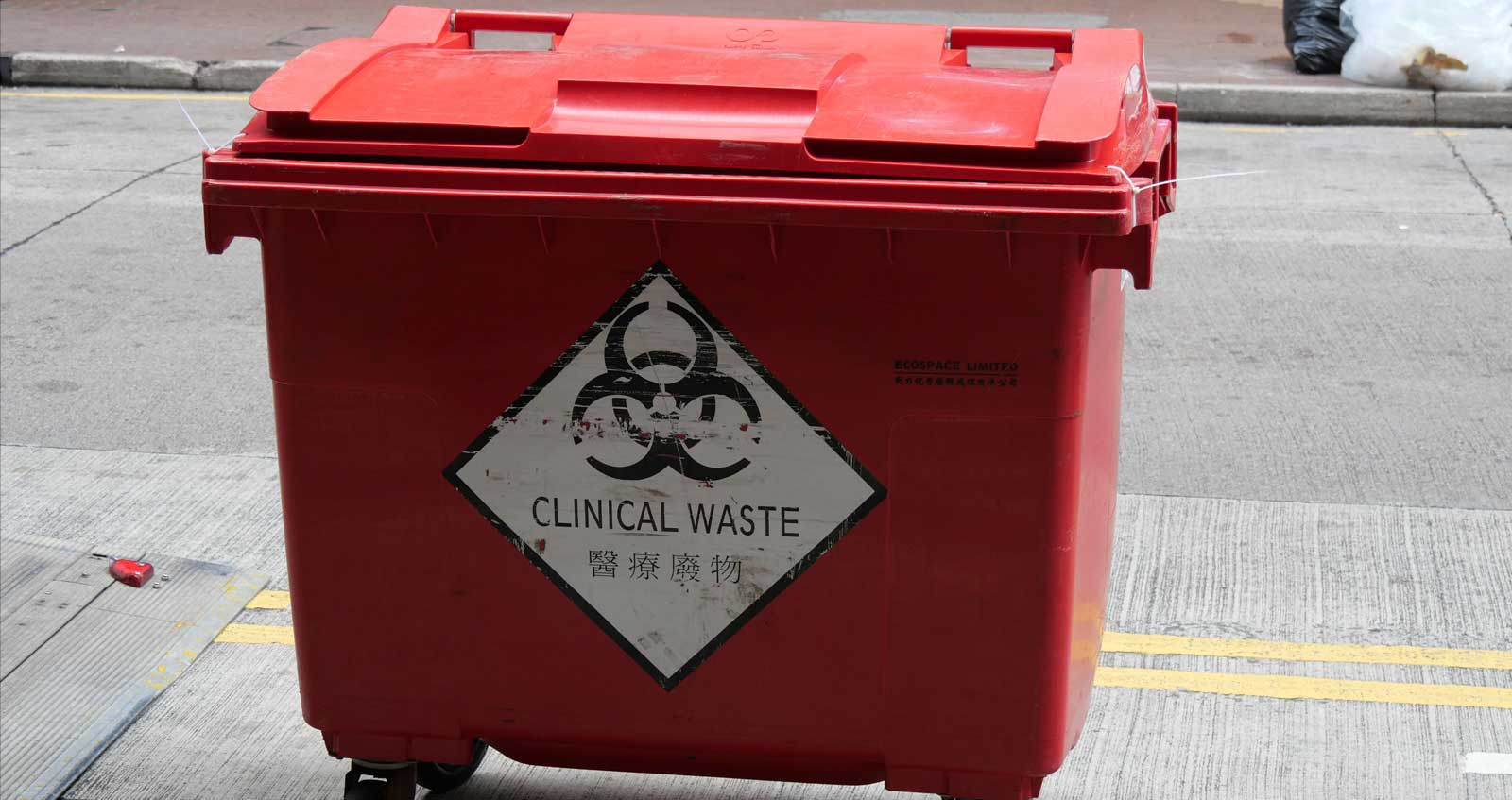Medical Waste Removal Quality: Your Trusted Partner in Safe Biohazard Disposal
Medical Waste Removal Quality: Your Trusted Partner in Safe Biohazard Disposal
Blog Article
Discovering Different Waste Disposal Options for a Cleanser Setting
In the search of a cleaner setting, the management of waste disposal has become a critical centerpiece for sustainable development. With a wide range of waste disposal choices offered, ranging from standard land fill approaches to cutting-edge waste-to-energy modern technologies, the choice of how we handle our waste has far-reaching implications for our earth's health. By checking out the various approaches and methods utilized in recycling, composting, incineration, land fill monitoring, and waste-to-energy procedures, a much deeper understanding of their influences and performance can be gotten. The mission for ideal waste disposal methods that focus on ecological preservation while meeting the needs of a growing populace stays a pressing concern in today's globe.
Recycling Techniques
Carrying out reliable recycling techniques is essential in minimizing waste and promoting sustainability in our atmosphere. Reusing involves the process of converting waste products right into recyclable items to protect against unnecessary disposal.
One more crucial recycling technique is composting, which includes disintegrating natural waste like food scraps and backyard trimmings into nutrient-rich soil. By incorporating these numerous recycling approaches right into our waste management practices, we can substantially lower our ecological impact and move towards a more sustainable future.

Composting Methods
Efficient waste monitoring practices, such as reusing approaches, lead the way for a cleaner environment, and currently, changing the focus to 'Composting Techniques', we discover lasting methods to disintegrate natural waste for environmental advantage. medical waste disposal.
Composting is a natural procedure that transforms organic waste, like food scraps and backyard trimmings, into a nutrient-rich soil modification. The key to effective composting lies in developing the ideal balance of green materials, such as vegetables and fruit scraps, and brown materials, like dried out branches and fallen leaves. These products break down with the aid of bacteria, damaging down the waste right into useful garden compost.
Traditional backyard composting involves layering natural materials in a container or stack and consistently transforming the combination to freshen it. By making use of composting strategies, we can reduce the amount of waste sent out to land fills while developing a useful item for improving dirt and sustaining plant growth.
Incineration Advantages And Disadvantages
Incineration, as a waste disposal technique, presents both advantages and negative aspects that merit mindful factor to consider in the world of lasting waste administration methods. On the silver lining, incineration can considerably decrease the volume of waste, minimizing the demand for landfill room and possibly lowering greenhouse gas exhausts. Incineration likewise permits the healing of power through the generation of electricity or warmth, adding to resource recovery. Furthermore, the process can be made use of to ruin hazardous materials, offering a secure technique for handling certain kinds of waste that may position dangers to public health and the environment if left unattended.
Nonetheless, there are notable disadvantages to incineration. One major problem is the potential release of unsafe pollutants right into the air, such as dioxins, hefty metals, and particulate matter, which can have damaging results on human health and the atmosphere. Additionally, the high first investment and functional costs of incineration facilities present financial obstacles, making it a much less affordable alternative contrasted to other waste management methods. Mindful surveillance and guideline are vital to minimize these adverse impacts and maximize the benefits of incineration as component of a comprehensive waste management method.
Garbage Dump Management Techniques
Garbage dumps play a critical role in waste administration and environmental conservation by offering a containment system for the disposal of solid waste materials. Efficient garbage dump administration methods are necessary to mitigate environmental effects and make sure the long-lasting sustainability of these garbage disposal websites. One key technique is proper waste compaction to optimize using offered area within the landfill (click here). By condensing the waste, the volume is minimized, permitting more waste to be fit gradually.
Moreover, the application of daily cover practices is vital in reducing odors, avoiding litter, and reducing the destination of parasites. Treatment the disposed waste at the end of every day helps to contain smells and stop potential environmental contamination. In addition, the monitoring of landfill gas exhausts and leachate levels is important in guaranteeing that environmental criteria are satisfied and that any type of potential threats to surrounding environments are minimized.

Waste-to-Energy Technologies
Among the innovative methods to squander administration includes using Waste-to-Energy technologies to convert solid waste into functional energy resources. Waste-to-Energy (WtE) innovations include a range of processes that intend to remove power from waste materials through thermal, chemical, or organic methods. This conversion procedure not only minimizes the volume of waste that ends up in landfills yet also generates valuable power sources such as electricity, heat, or biofuels.
Incineration includes shedding waste at high temperature levels to create warm and electrical power. Gasification transforms waste right into a syngas, which can be utilized for power generation or chemical production.
Implementing Waste-to-Energy technologies can help alleviate environmental concerns connected with typical garbage disposal methods while all at once providing a renewable resource source. Careful factor to consider must be given to emissions control and making sure the sustainability of feedstock supplies for these modern technologies to be really valuable for a cleaner environment.

Verdict
Finally, exploring numerous waste disposal choices such as reusing, composting, incineration, land fill monitoring, and waste-to-energy technologies is vital for advertising a cleaner atmosphere - click here. Each approach has its own benefits and difficulties, however by utilizing a combination of these approaches, we can work towards decreasing the amount of waste that winds up in garbage dumps and eventually add to an extra sustainable future for generations to find
With a plethora of waste disposal options available, ranging from conventional garbage dump techniques to cutting-edge waste-to-energy innovations, the option of exactly how we manage our waste has significant ramifications for our world's health. medical waste removal near me.Incineration, as a waste read the full info here disposal approach, offers both benefits and downsides that warrant cautious factor to consider in the world of lasting waste monitoring techniques.Landfills play an important function in waste monitoring and ecological preservation by supplying a control system for the disposal of solid waste materials. By compacting the waste, the quantity is decreased, enabling for more waste to be suited over time
One of the cutting-edge strategies to throw away monitoring involves utilizing Waste-to-Energy technologies to convert strong waste right into functional energy resources.
Report this page